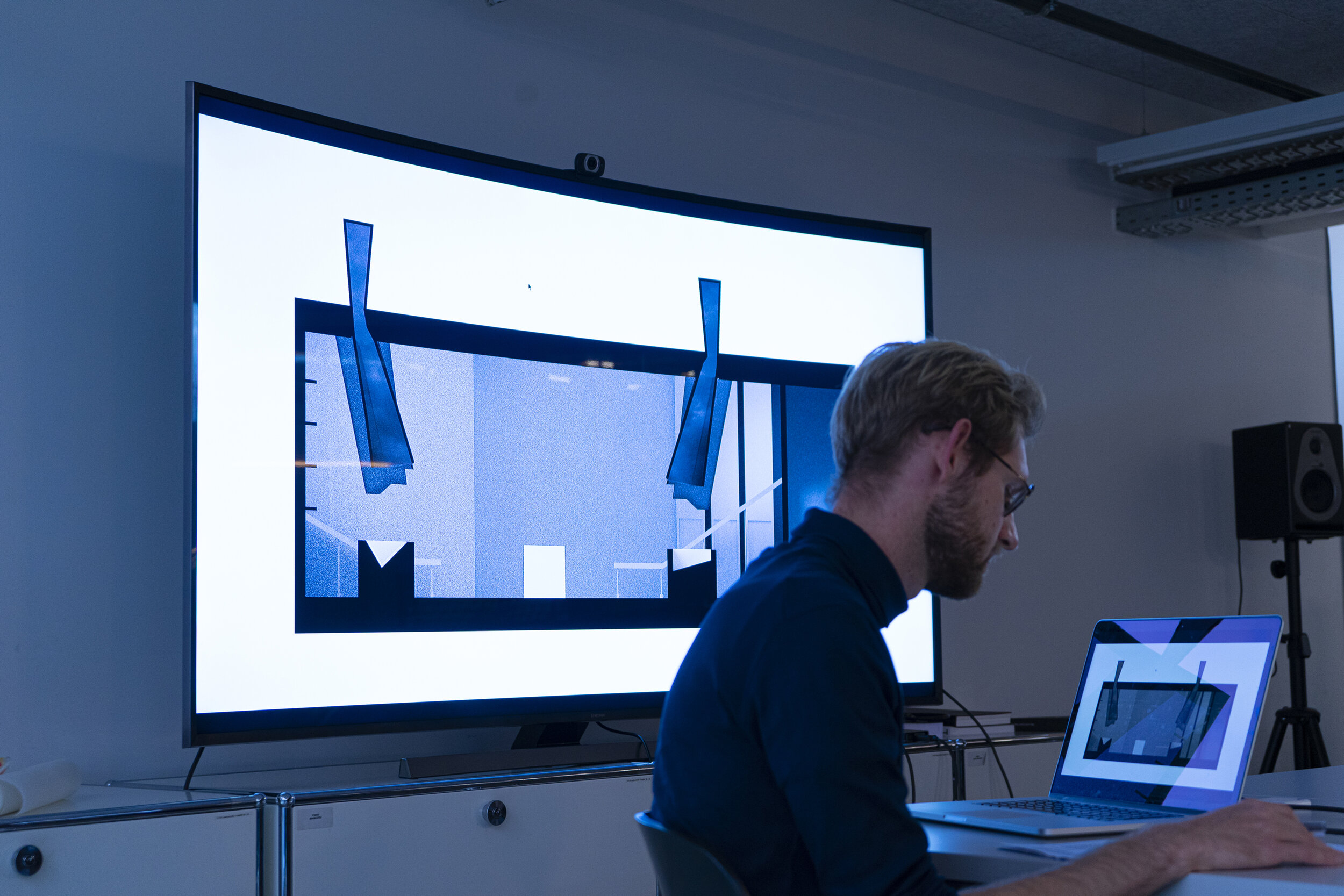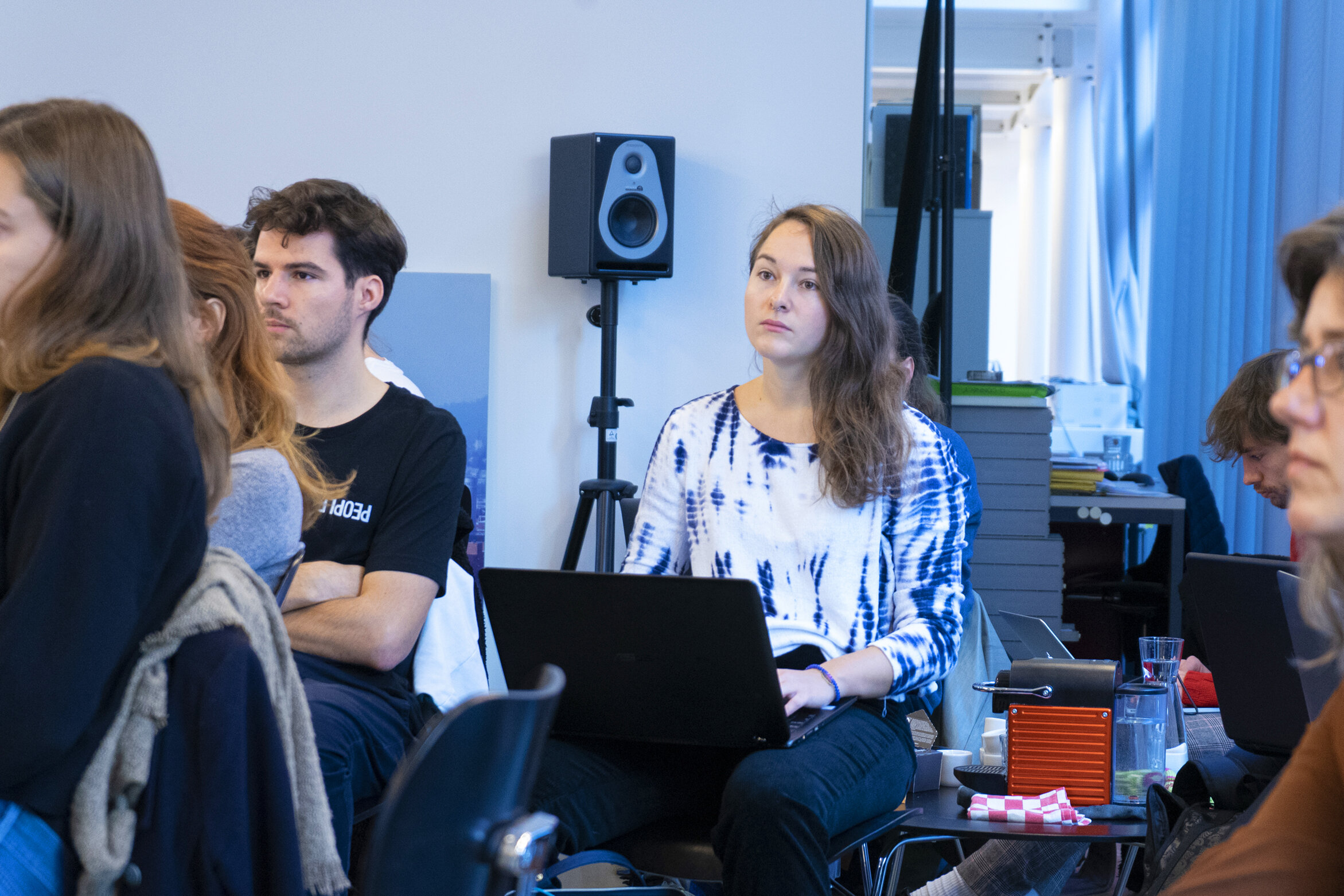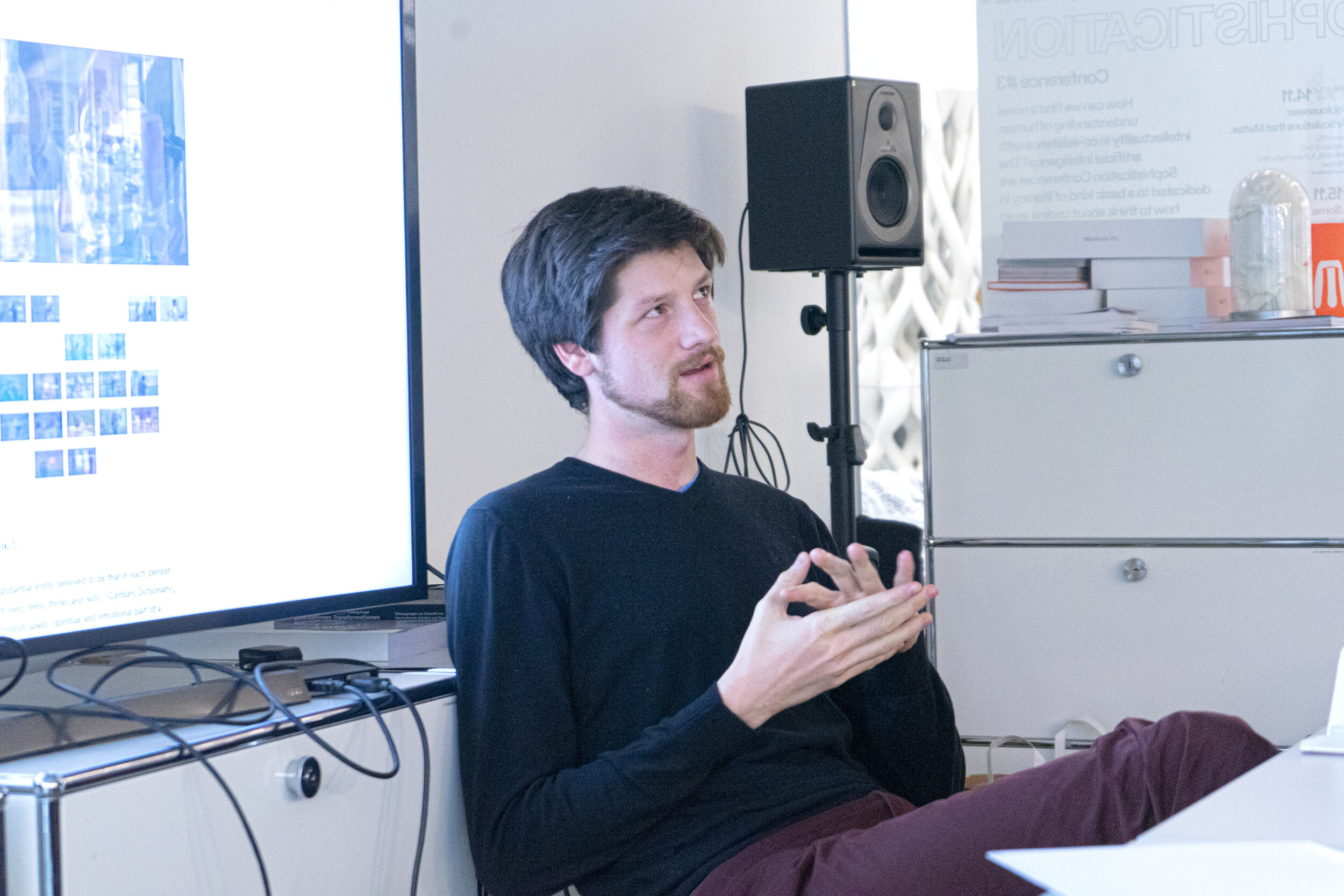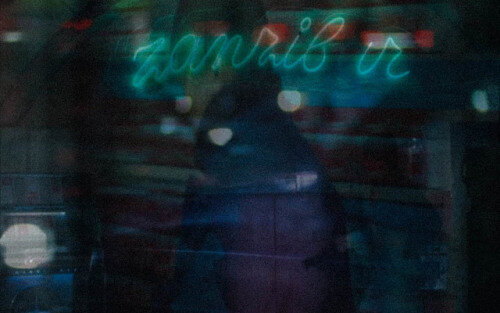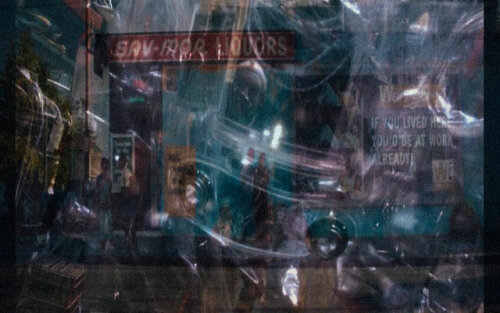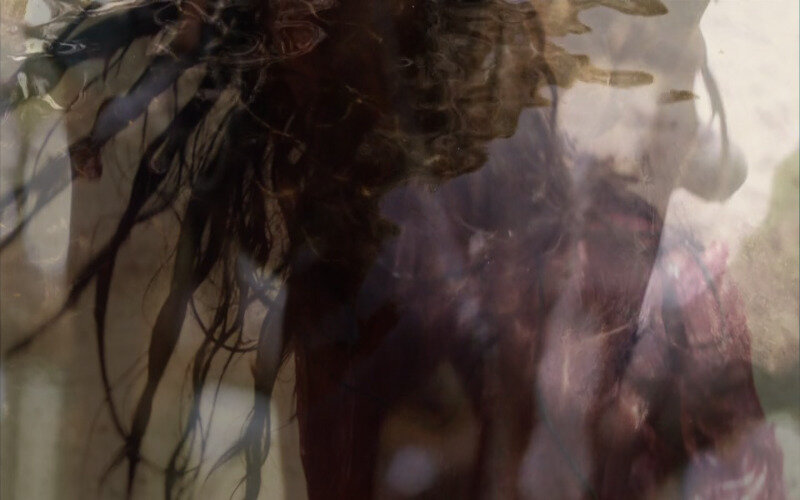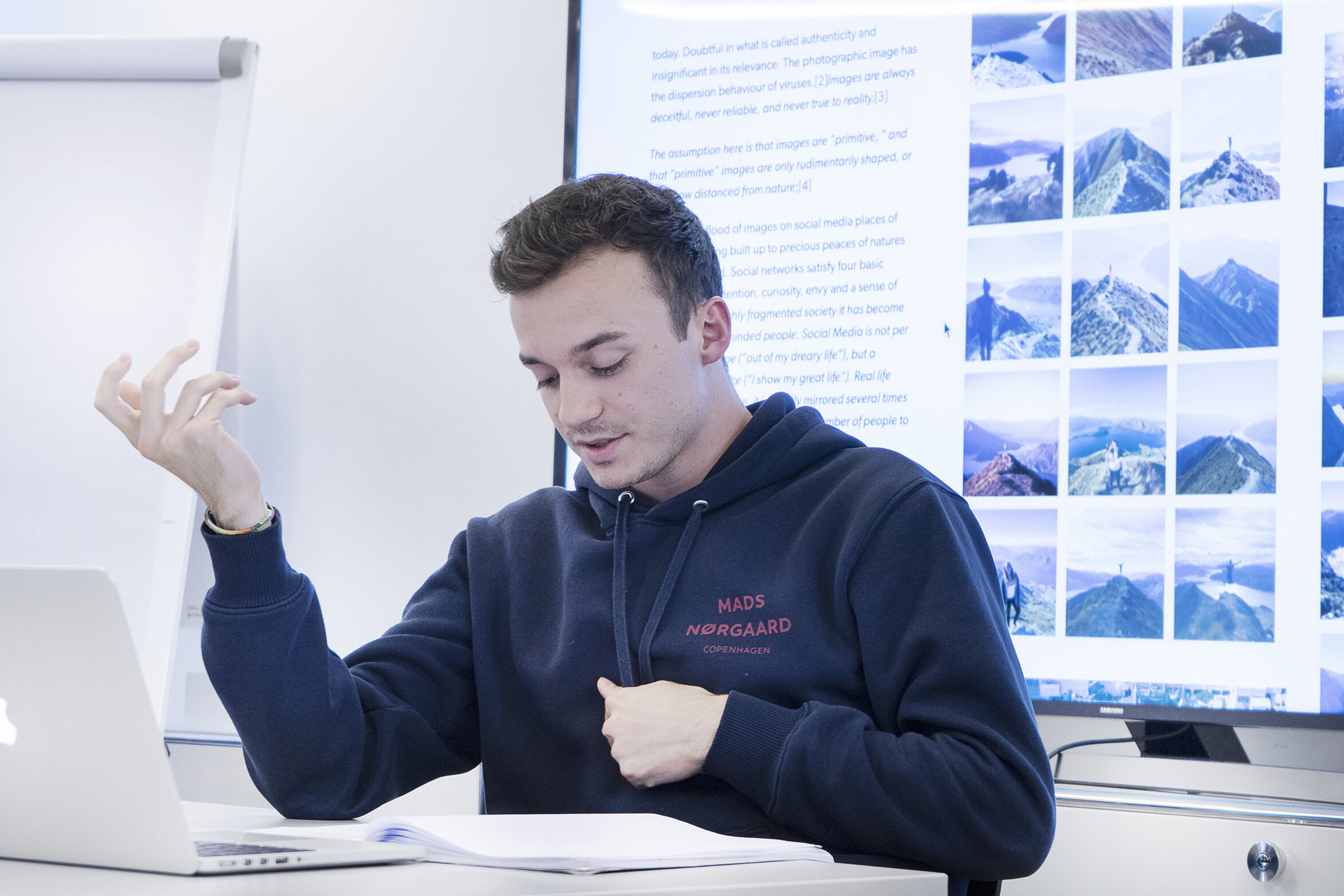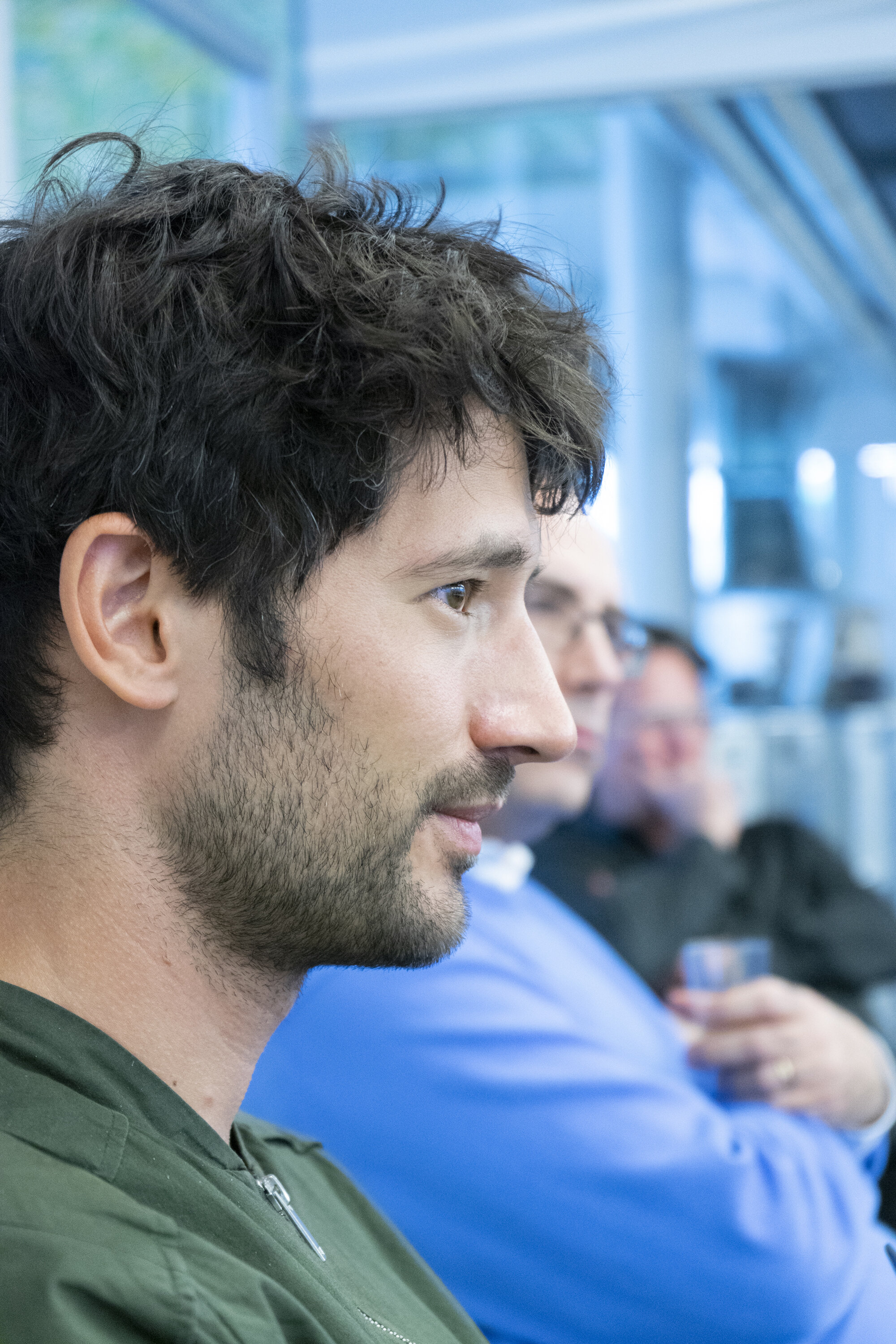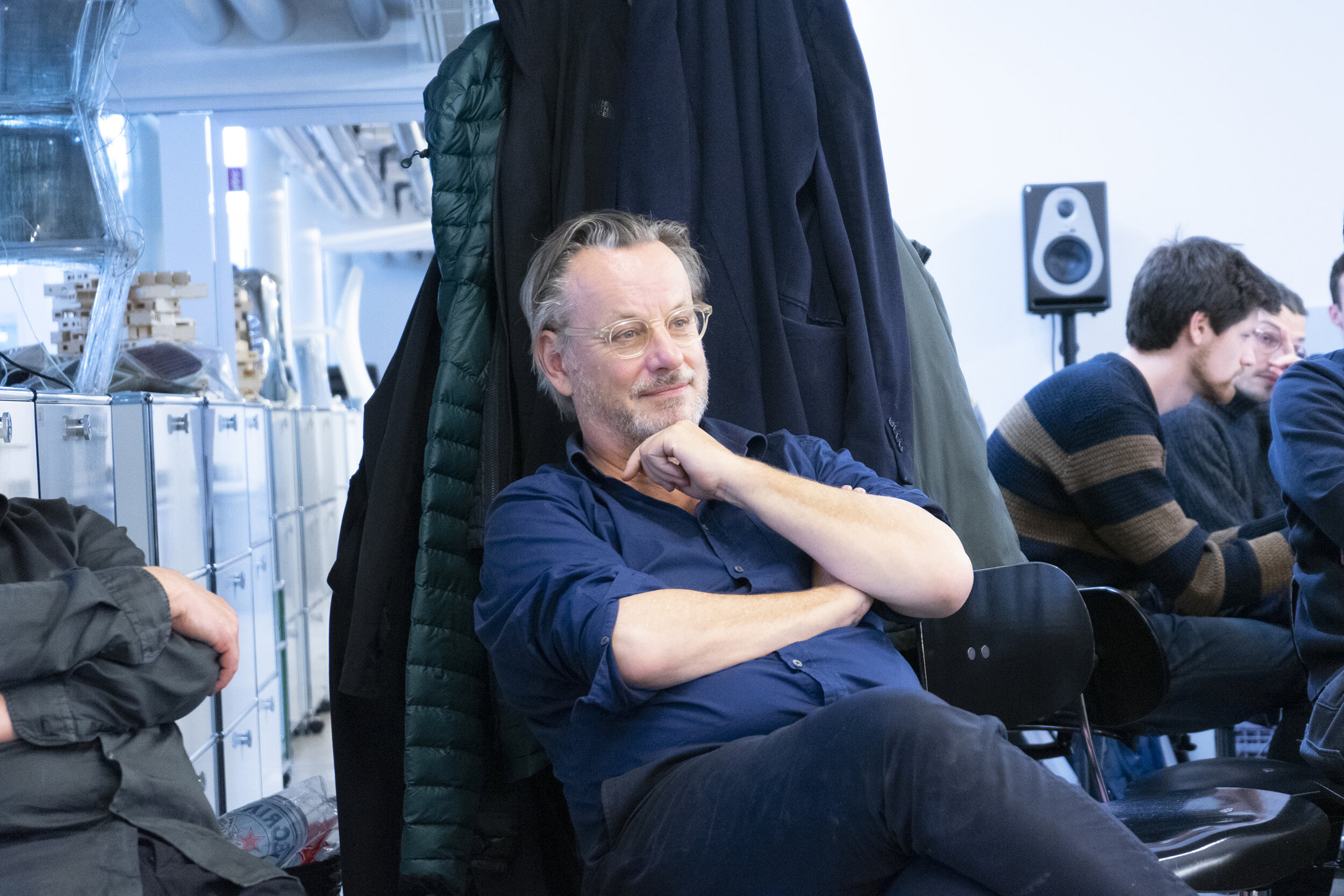SEASON 1
INTRO PART 4
The fourth part of the semester moves towards synthesis: The narratives that emerged from the plenty as texts, videos and images and subsequently were catalyzed into a drama tying the storyline of the project to a proto-spatial setting are now being synthesized into space. To bring these things together we are utilizing the unity game engine. THE ENGINE serves as both the instrument to play the dramas composeD with THE SELECTED DIRECTIONS from the plenty, but also serves as the stage to let the space unfold. NOW THEN, architecture gives the chosen plenty a READABLE DIRECTION and opens up - quite literally – a generous space for discussions.
REVIEW PART 3
KICKOFF PART THREE
Today, we are kicking off the third part of the studio by delving into plentiful global data on biodiversity extending the richness of the precious pieces of nature that have emerged form the first half of the investigations.
MIDTERM PANORAMA

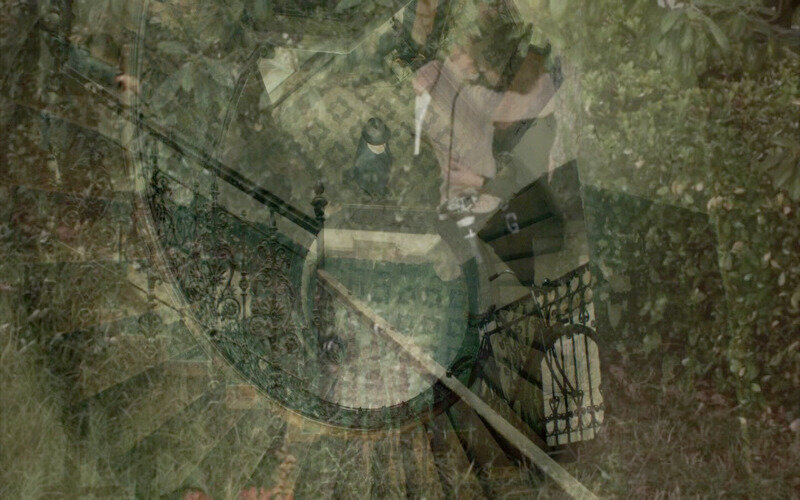

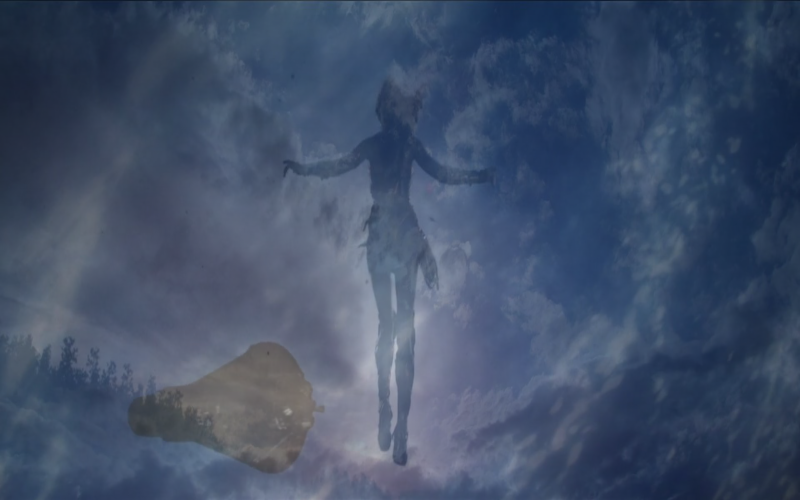





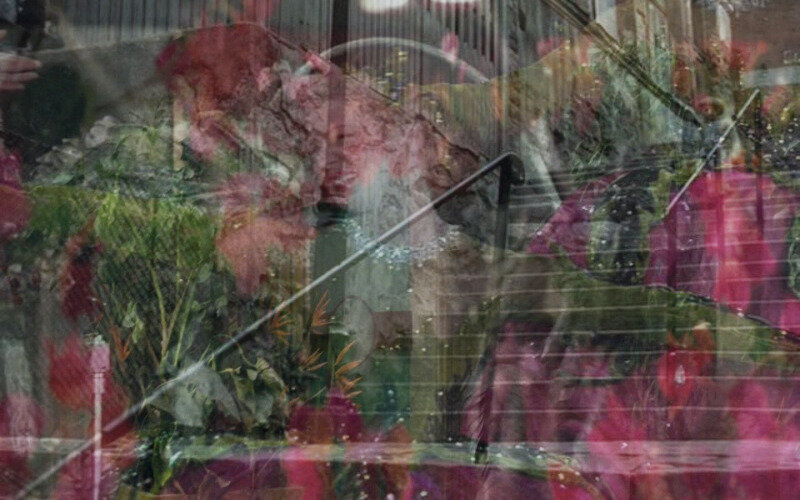




Machine intelligence makes connections within the plenty – in our case now: based on self-learned behavior emerging from watching over a thousand movies. As designers we can adopt these new relations with an intuitive and playful approach, we take them as a hint from a “deeper” logic (“deep” as in “deep learning”) and greet and enrich them with human curiosity. We are approaching them with a circular understanding of learning and doing: Like mastering a new musical instrument we are building “muscle memory” to navigate an ecology of memories, moods and spaces in order to articulate architectures.
Tying together images, video and text – with a sharpening meaningfulness growing with every iteration – the intimate interplay between the media starts weaving a story bringing together an oral culture, filmic desires, spaces and characters into the realm of architecture through carefully guiding hand and heart of the author.
THE VIDEO GALLERY TAKES US From plenty to spectrum TOWARDS a narrative of narratives: Here, long extinct animals meet cyber oracles. The personalized shooting star meets the fluorescent atomic flower. And, pearls grown on plastic islands meet the rich flavors of icebergs.
MIDTERM REVIEW
A SERIES OF PANORAMAS




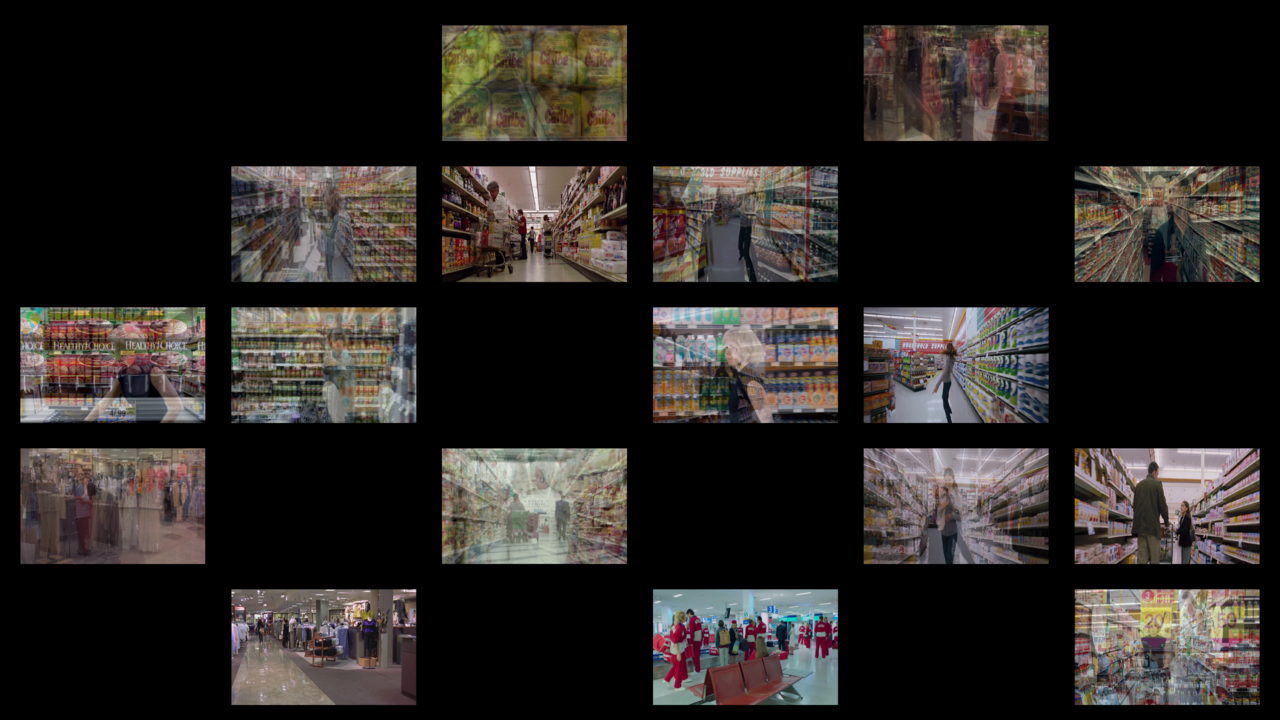







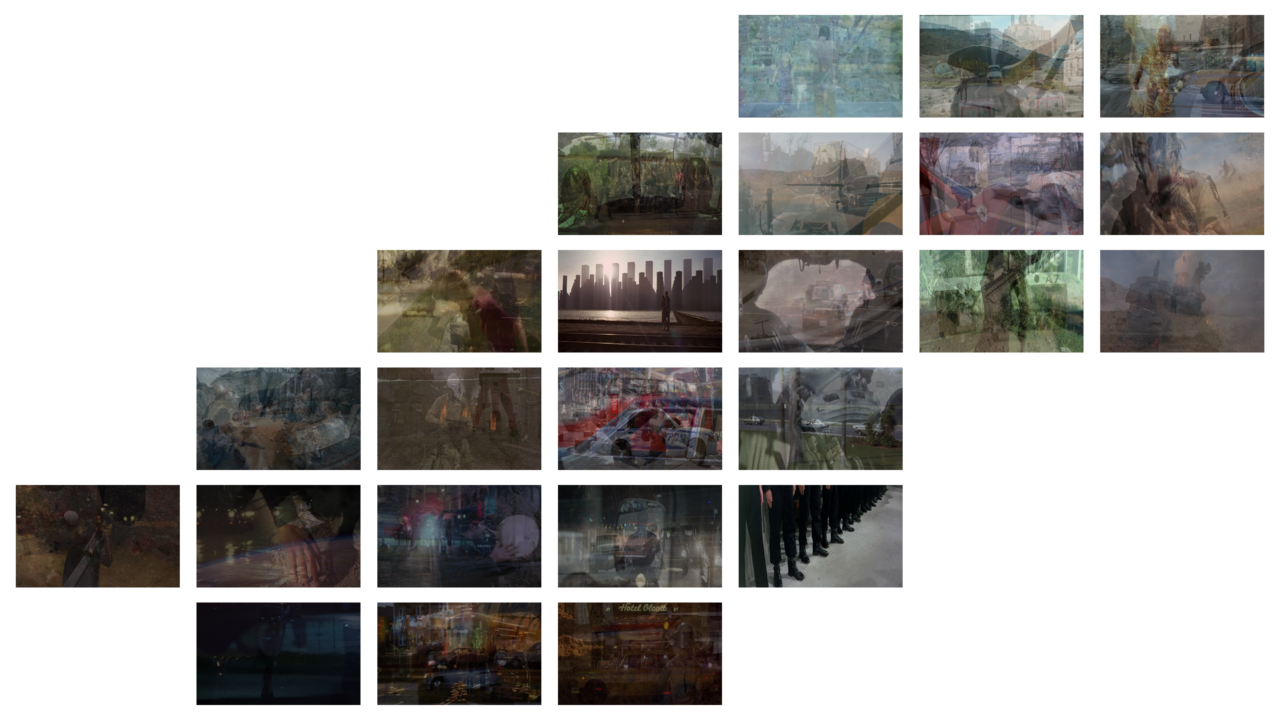


Folds: Towards a Proto-Space
The fold is fed from a collective memory of millions of film-stills that are keyword indexed. THEY ARE assembled as an overlap of multiple narratives, emotions, spaces, textures, realities: harmonious, antagonistic, human, depleted, soft or rough; and THEY attach themselves to the stories that have been FORMULATED IN THE projects. When worlds collide, new things emerge. Through the collision of these dense realities a new proto-reality start emerging, giving each project its unique direction and a first hint at a spatial manifestation. Characters are intertwined into the story and the proto-spaces link up with the visual and oral vocabularies of each project. The proto-spaces trigger collective imaginations and the weekly studio discourses start transforming the vocabularies into individual languages and give the idea first emergent shape and sharpness.
TEXTS FROM PART 1
mElt
M E L T – Taste of Glaciers
Its universality, the independence of its units; the variability of states; its sterility in the circumpolar icecaps, arctic and antarctic; its climatic and commercial significance; the simplicity of its composition, two constituent parts of hydrogen with one constituent part of oxygen: its healing virtues, its properties for cleansing, quenching thirst and fire, nourishing vegetation; its metamorphoses as vapour, mist, cloud, rain, sleet, snow, hail: its ubiquity as constituting 90 % of the human body [Joyce__Ulysses]. Water was [and still is] the first principle of things, and that of it all the elements of the world, the world itself, and all things which are generated in it, ultimately consist [Augustine__The_City_of_God]. Water […] is to the landscape as the soul is to the body [Mezieres__The_Genius_of_Architecture]. As ubiquitous resource, water is an indispensable element of any ecosystem [Zimring__Encyclopedia_of_Consumption_and_Waste]. Governor of all the Waters [Augustine__The_City_of_God] About twenty thousand years ago, in the Pleistocene Ice Age, earth was one-third covered by glaciers. Today, it is about one-tenth. Based on the true and absolute circular motion of the water [Newton__The_Mathematical_Principles_of_Natural_Philosophy] as well of all geological maUer, glaciers had ever since constantly moved back and forth, had grown and shrunk. Yet, today, nearly all glaciers have a negative mass balance and are retreating. Since 1961, glaciers lost more than 9,000 billion tons of ice. Where has all that ancient water gone? M E L T has found a way to capture this precious remnant of our glaciers while giving you the unique experience of them. Once in its solidity in glaciers, icebergs, icefloes [Joyce__Ulysses], the water might seem to have changed its nature [Augustine__The_City_of_God], however, M E L T is still a pure piece of glacier and possesses all the freshness of the laUer [Acocella__Stone_Architecture_Ancient_and_Modern_Construction_Skills]. In general, water emanates from the interior of the earth, and returns back again [Bacon__Novum_Organum]. However, unlike any other water, M E L T did not feed the endless cycle of water, rain, condensation. Access to water is blocked [Alexander__A_PaUern_Language]. For hundred and thousands of years it has been safely stored in the ice of the glacier. The seeds of water have foregathered thus from out the infinite [Lucretius__On_The_Nature_Of_Things]. Time Captured in a Bo<le Along with the accumulation of snow, glaciers have gathered time; a lot of time. Some of them have been around for nearly a million years and carry with them an intrinsic part of our past. It was not because [the glaciers] forgot time, […] but rather because time grew heavy within them, becoming more pressing and more present, like a sort of material memory of the body, totalising the past and detaching existence from its natural immediacy [Foucault__History_of_Madness]. Ice flows, variable through freezing and melting, projecting into time the complexities of space, overlaps and deadends, reliable passage and obstacles, a mixed landscape in a fluctuating state, an intermediate and complex state between two plains of water on which constant, methodical routes are ensured [Serres__The_Five_Senses]. True history being a mixture of all things [Hugo__Les_Miserables], an extraordinary mixture of the very old and the very new [Saunders__The_Art_and_Architecture_of_London]. You taste nothing of the present nor of the future without a flavor of the past being mingled with it [Hugo__Les_Miserables]. Time itself carries memories [Serres__The_Five_Senses]. M E L T promises an immediate encounter with the spirit of a particular age [Van_Eck__Eighteenth- Century_Architecture]. Each Edition of M E L T is conditioned by time and place and accordingly not realizable everywhere and in every age [Frankl__The_Gothic]. It is this ecect of time and age [Mallgrave__Architectural_Theory] that makes M E L T fine waters so unique in taste. Once in the boUle, the glaciers become timeless again. Suspended from transformation, captured in their brightest beauty. The illusory timelessness of the present brings with it an awareness of the timeful nature of past time [Hays__Architecture_Theory_since_1968]. Not for old times’ sake, but for the recollection and the recreating of that past moment we shared: the infinite past moment of our […] creations [Ayache__The_Blank_Swan]. From Glacier to Glass The harvesting of glaciers is a difcult process. In close collaboration with proficient glaciologists, M E L T succeeds to collect the drops of the melting ice rivers. The pristine glacier ice, locked up for millennia and fresh as the day it fell as snow, is handpicked during its brief few months of life before it melts away forever in the seas. BoUled, it becomes M E L T. The isolation within the glacier has made M E L T water totally inaccessible to man for many centuries and free of the pollution of today’s environment such as acid rain, industrial waste, radiation, electrosmog, hormones, antibiotics, pesticides. This is why M E L T requires no chemical treatment ager harvest. It is agreed, that the best water is clear, transparent and light, such as being poured upon a white cloth leaves no stain; and upon boiling has no sediment [Alberti__10_books_of_architecture]. All the above applies to M E L T. Waters […] receive a tincture […] from the ground in which they lie as in their mother’ s lap [Alberti__10_books_of_architecture]. According to the Fine Water Society, M E L T has been rated superior, with its smoothness in combination with its high density and unusual ability to quench any thirst. All these elements, united, conferred on water a power of reinforcement, revivification, and consolidation that could be transmiUed to the organism [Foucault__History_of_Madness] and makes M E L T special water for highest demands. The interior temperature of an iceberg is between -15 and -20 degrees Celsius. Used to very cold temperatures, M E L T is best appreciated chilled to no more than 10 degrees in order to fully unfold its epicurean subtleties. M E L T water presents itself with a distinct clarity and a wonderful silver mirror on the surface when poured out. With its unique terroir, M E L T is also the perfect accompaniment to pair with chocolate. M E L T is currently developing sparkling versions of M E L T fine water infused with anthropogenic gases. For example by using the acidic characteristic of CO2 to produce carbonated drinks [Zimring__Encyclopedia_of_Consumption_and_Waste]. We need constant access to water, all around us; and we cannot have it without reverence for water in all its forms [Alexander__A_PaUern_Language] M E L T captures the rarity of glacier water and transforms it into an epicurean product, which is redefining the very notion of pure water. The remnants of the glacier in that useful operation, [is] preserved, to the benefit and admiration of future ages [Harrison_Wood_Gaiger__Art_in_Theory_1648k1815]. References M E L T has captured the hearts of water connoisseurs world wide: A fine clear water, very beautiful to the eye and good to drink. [waterAlberti__ 10 _books _of _architecture] I can promise that M E L T certainly achieved its designated end of giving pleasure and of renewing in the minds of the [drinkers] the graceful memories of those delightful places. [Weinberg__A_History_of_Literary_Criticism_in_the_Italian_Renaissance_1] [A] tip of a spoon [is] enough to sense the flavor on [your] tongue [Eco__Baudolino], this special sogness of this water is noticeable right from the first contact. When nipping on M E L T, it is the past of time and the past of all possibilities, that which we place ourselves in at once, as […] creation itself. [Ayache__The_Blank_Swan] This mixture is a confession. [Hugo__Les_Miserables] When the breath hovers over the primordial waters [Serres__The_Five_Senses], one must admit that its taste is unmistakable clean, light and pure. Almost aIl the experience of Le temps perdu [Lost time] can be found here: the phenomenon of reminiscence, the metamorphosis it presages (transmutation of the past into the present), the feeling that there is here a door open onto the domain unique to the imagination. [Blanchot__The_Book_to_Come] I recommend it to succeed on geUing drunk, but on pure water [Deleuze_GuaUari__A_Thousand_Plateaus]. Unlike any other boUled water, M E L T nourishes those parts of ourselves which rely on water as one of the great elements of the unconscious. [Alexander__A_PaUern_Language] While I do certainly not believe in the promise of a drink of immortality [Serres__The_Five_Senses], I do not cease to believe that ager having drunk M E L T, that person will be cleansed and reenergized [Eco__The_Infinity_of_Lists]. So great was the polyvalence of [M E L T] water, so great was its aptitude to submit itself to the qualities that it carried, that it sometimes lost its efcacy as [Foucault__History_of_Madness] drinking water and acted like a sophisticated drink. People are really made sog and shameless by that water, for [it] is uUerly clear and its taste outstanding. [Vitruvius__Ten_Books_on_Architecture] I recommend M E L T water be used universally for drinking and cooking because it [is] without equal for smell, taste, smoothness, and clarity. [Rinne__The_Waters_of_Rome] I thought it was water, [Eco__The_Name_of_the_Rose] but it is so much more than that; it is the result [of] a curious mixture of fact and fiction. [RufniereduPrey20TVP] I fasted for seven days, drinking only [M E L T] water, because I had read somewhere that it purifies the spirit, and in the end provokes visions. [Eco__Baudolino] Anyone who drinks a good wine will not talk of brands, cannot say fully what flows over the palate, or lingers in the mouth. [Serres__The_Five_Senses] The same applies for M E L T. Even on a chemical level, there is an impossibility of predicting the composite ecect of these [waters], or of identifying the organic maUer resulting from the mixture [Carson__Silent_Spring]. The distinct selection of our M E L T fine waters will allow you to find a multiplicity of meanings for these mixtures. [ Hays__Architecture_Theory_since_1968]. Thus, you cannot help but try M E L T yourself – Drop in today and taste our glaciers.
The M E L T product family is constantly growing. Next to its commitment to world-class beverage, M E L T will soon be able to proudly present M E L T ice cubes as well as M E L T refreshing sprays.
ICARUS
Icarus
There was a time when you found yourself in a place where the impression of great antiquity was joined by others: the impression of endlessness, the sensation of oppressiveness and horror, the sensation of complex irrationality. You had made your way through a dark maze, but it was the bright city of the immortals that terrified and repelled you. A maze is a house built purposely to confuse men; its architecture, prodigal in symmetries, is made to serve that purpose. In the palace that you imperfectly explored the architecture had no purpose. There were corridors that led nowhere, unreachably high windows, grandly dramatic doors that opened onto monk-like cells or empty shafts, incredible upside-down staircases with upside-down treads and balustrades. Other staircases, clinging airily to the side of a monumental wall, petered out after two or three landings, in the high gloom of the cupolas, arriving nowhere. [1] This place is so horrific that its mere existence, the mere fact of its having endured, pollutes the past and the future and somehow compromises the stars. [2] Within all this a ‘garden of light’ was created between two concrete walls [3]. This is where in despair a gift has been given to you by love. A gift that should change everything. You rose from the impasse towards the light and what you found is a life of bliss like that before the fall, of eternal youth [4]. But with bliss comes abyss. You fell to the end of your existence and what I want to tell is the thing you have never seen. Thus it takes on an unexpected prophetic dimension. [5] the light touch. [6] A last lonely candle wandered up the sky. [7] At first you see only one tiny glowing object, but then a multitude of stars. [8] They floated, fell: they faded [9] in gold glowering light [10] but that night, in that glow, it was the very image of your death. [11] Though for me, watching you fall in light, it is much more than this, approaching an existential experience and attitude: the attitude of loss of reality, of experiencing reality as a dream, a totally de-substantialized flow of fragile and ephemeral appearances, in relation to which I am not an engaged agent, but a stunned passive observer observing my own dream. [12] Similar to moments in which, in a particular emotive situation (an hour of the day, an unexpected event that suddenly fixes our attention on an object), things appear to us in a new light. They do not refer us to a beauty outside themselves, they do not call up any 'correspondence’: they appear, simply, with an intensity that was previously unknown to us. [13] And this beauty is beautiful for the very reason that the power of thought cannot inquire of it why it is beautiful. [14] As everything changes when presence is no longer the primary consideration. [15] reminiscence The dream you gave remains. I am writing to you from a far distant place where we have created images that do not move, in which light becomes static and time becomes timeless; a world of the immortals. To do so we have launched thousands of times a satellite towards the light. In this world we lost the mysterious (which describes that which is unknown and excites curiosity and perhaps awe) and with it we have lost beauty as we are not looking for a static and harmonious beauty, but a dynamic one, in the process of becoming. [16] One we can feel! Now all those satellites that rose to high die and form a dark maze in which they collide and divide into pieces. But from time to time when they nearly disappeared in their orbits [17] they fall. Many of them of great beauty and to you unknown [18] crystalline slivers, as if some glass lamp had shattered to bits and come raining down from the sky [19]. We would see some object coming at us from the depths of space, flitting about like some bird [20]. Then they’d be lost maybe forever in the dark, empty void. [21]. And I would ask myself; was it you? Did you fall from heaven? [22]
[1] Borges CF, [2] Borges CF, [3] ito TIMF, [4] Harrison Wood Gaiger Art in Theory 1648-1815, [5] Zizek LTN, [6] Joyce Ulysses, [7] Joyce Ulysses, [8] Zizek LTN, [9] Joyce Ulysses, [10] Joyce Ulysses, [11] ECO TNotR, [12] Zizek LTN, [13] Eco OBAoaWI, [14] Harrison Wood Gaiger Art in Theory 1648-1815, [15] Serres The Five Senses, [16] Eco OBAoaWI, [17] Hugo LM, [18] Eco TIoL, [19] Eco TIoL, [20] Eco TIoL, [21] Eco TIoL, [22] Hugo Les Miserables
FI-CO
Fi-Co
1.1–– Emerging
The first time we saw the island, Tarara, you we’re graciously leaning over the seat on the right, adjusting the plastic table, setting aside the lunch tray. At first, we had insisted on keeping track of time. Anyone could look at a watch but it was as if the time tied to your right wrist or the beep coming from the navigation device measured something else. The time maybe of those who did not do the foolishness of driving through NYC on the I-95, that on a Sunday afternoon. I was hearing from my right: „To merge ourselves with our cosmological self we need first to change the notion of time, to feel “glacial time” running through our lives, and to assume the rivers of our thoughts endlessly merging in the boundless oceans,“ [1] But the ocean seemed far, and having just left Port Chester, we were stuck. Advance three meters, stop, start the engine, pull the brakes, chat with the two nuns on the left, with Tarara on the right, look through the rear-view mirror at the pale man driving the convertible, or suffer at times the inflated outburst of the two youngsters in the minivan until they get off, blow of steam and start an expedition along the lanes, but not going too far (you never know when the cars ahead will resume and you’ll have to sprint back to avoid the war of horns and insults, not unlike the play of ebb and flow). Take the idea of an island: Continental islands are accidental, derived islands. They are separated, born of disarticulation, erosion, fracture; they survive the absorption of what once contained them. Oceanic islands are originary, essential islands. Some are formed from coral reefs and display a genuine organism. Others emerge from underwater eruptions, bringing to the light of day a movement from the lowest depths. Some rise slowly; some disappear and then return, leaving us no time to annex them. […] We can assume that these elements are in constant strife, displaying a repulsion for one another. In this we find nothing to reassure us. If we turn to nature to test the truth of these remarks, and look at any small isolated area [3] around us, we were the former, distinguished disarticulations. „Everything in us should be nothing but a joyous celebration when something we have not foreseen, which we do not shed light on, which will speak to our heart, by its means alone, is accomplished. [4] The difficulty is that the said island keeps its distance somewhere, I know not where; and not that there is any want in me to know.“ [5] The recurring sight distorted my thoughts; except, perhaps, for the periodic consultations of the wristwatch. Sounds and lights changed continuously in response to both the time of day and activity in the space, unfolding an essence, an abstraction of ocean, sky, and tropical environments. [6] They say, timelessness sails in an ocean surrounded by time-bound shores, from where [7] they hover delicately above the water. Comet-like kites, airy constructions of rice paper and reed [8] leading us far into unknown spaces that succeed one another in each scene, in such a way that the overall image emerges in the end as a continuous series of all the scenes. [9] Often the distances were so vast, and the tracks so sketchy [10], that it was close to sundown when we arrived at our staging-point. And so night began to deny the sky its golds and purples; warmth of tone gave place to whites and greys. The set stage of night began to reveal a sea landscape above the water: an immense screen of clouds flying by, like an archipelago of long thin islands in front of an ocean-wide sky. [11] Bent over the armrest, Tararas face pressed against the cold glass - the limit of our aquarium, I wondered if we hadn’t been thus far on an island. The very existence of islands is the negation of this point of view, of this effort, this conviction,[12] such that through them the island would in the end become conscious of itself as deserted and unpeopled. The island would be only the dream of humans, and humans, the pure consciousness of the island. [13] A wave in the ocean can be as hard as a wall of marble, [14] now shipwrecked on the shores we began to walk around. Still no one was seen, the lower slopes of the mountains were swathed in pale mist, [15] the sun was slowly picking momentum and from the thicket came a subtle smell of thyme and sage, as we were laying, feeling the warmed pebbles on our backs.
[1] Castells, The Power of Identity [2] Deleuze, Desert Islands and Other Texts [3] Castells, The Rise of The Network Society [4] Blanchot, The Book to Come [5] Cervantes, Don Quixote [6] Ito, Tarzans in the Media Forrest [7] Castells, The Rise of The Network Society [8] Borges, Collected Fictions [9] Ito, Tarzans in the Media Forrest [10] Levi Strauss, Tristes Tropiques [11] Levi Strauss, Tristes Tropiques [12] Deleuze, Desert Islands and Other Texts [13] Deleuze, Desert Islands and Other Texts [14] Kuma, Anti-Object [15] Levi Strauss, Tristes Tropiques
REVIEW: PART 1
In the review of the first part – held after three weeks – the students presented their narratives created by leveraging the knowledge contained in thE Xenotheka Library. The stories, informed by a WIDESPREAD research into global MANIFESTATIONS OF trash, AS WELL AS precious natures was consequently turned into a brand idea to repopulate the Prada stores across the globe: with new meaning and new products individually addressing the dichotomy of nature and trash in circulation today. As quest reviewers were honored to have Arno Brandlhuber and Roberto Bottazzi informing our collective efforts.
Roberto Bottazzi:
Urbanism Beyond Cognition
The lecture will discuss issues related to automation, architecture, and design through the design experiments carried out in the Master in Urban Design at the Bartlett. Particularly, the emphasis will be on how machine learning algorithms open design up to spatial elements that are either beyond human perception or are currently downplayed in the design process. From climate change to rapid urbanisation, the speed and scale of urban transformations call for an expanded conceptual framework in which automated design processes allow us to question received classifications based on type, programme, etc. pushing the design towards more complex, fluid, open, incomplete, and embracing urban proposals.
Roberto Bottazzi is an architect, researcher, and educator based in London. He has studies in Italy and Canada before moving to London. He is Director of the Master in Urban Design at the Bartlett, UCL. His research analyses the impact of digital technologies on architecture and urbanism. He is the author of Digital Architecture beyond Computers: Fragments of a Cultural History of Computational Design (Bloomsbury, 2018) and editor of Walking Cities: London (Camberwell Press, 2017). He has lectured and exhibited internationally.
From plenty to…
… first panoramas.
First panoramas of nature, trash and narratives are emerging from an intense week of iterative algorithmical design and research. Through leveraging the INTERNET with code the students have identified and located precious pieces of nature across the globe and collected their stories and identities. Complementary to that they have assembled a digital ocean of trash. By working with the power of “ngrams” (see for example: https://books.google.com/ngrams ) the students have started to weave connecting narratives from the plenty.
geolocations and spatiality of global trash emerge through the panorama of trash.
“ngrams” position the models of thought in a historical context, help sharpening ideas, and support the construction of narratives.
Head over to the main page to explore the student work in more detail and browse through the individual projects to learn more.
Out of the plenty…
Using code to leverage the plenty: untangling the web.
We have kicked off the meteora design studio and students are now engaged in constructing a narrative out of the plenty: the internet allows us to access a sheer infinity of narratives, fragments and stories on the current discourse of nature and trash. Students are navigating the plethora of the collective memories of our virtual self, engrained in the internet. Now, they start weaving the threads they pick up into a narrative for their designs, in a kind of circular mode of writing, collecting, editing; Writing, collecting and writing again. The iterative writing process which in the end steers towards defining a position is rooted in the application of software — developed by the chair — which allows students to easily analyze and leverage the knowledge of centuries of philosophical and architectonic literature to create statements of intent and build an argument. If you would like to learn more about using code to leverage the plenty explore our Mathematica tutorials here.
Building arguments through analysing the use of terms and terminologies through time and cultural context.
Studio Meteora
This studio works on the idea that a substantial understanding of todays technology (internet of things, big data, machine intelligence …) changes the perspective to architectural theory and will result in different architectural designs and building constructions.
PRADA is dead. We move in to show precious pieces of nature and SUPPORT projects of RADICAL RECYCLING.
This studio works on the idea that a substantial understanding of TODAYS TECHNOLOGY (INTERNET OF THINGS, BIG DATA, MACHINE INTELLIGENCE ...) changes the perspective to ARCHITECTURAL THEORY and will result in different ARCHITECTURAL DESIGNS and building constructions.
1) IDENTIFICATION AND UNDERSTANDING OF THE CHALLENGES OF TODAYS TECHNOLOGIES, 2) TECHNIQUES OF WORKING WITHIN THE PLENTY OF THE INTERNET, 3) A METHODOLOGY TO DESIGN DIGITAL ARCHITECTURES, 4) UNDERSTANDING OF THE SHIFT FROM HARD BUILDING CONSTRUCTION TO SOFT BUILDING APPLICATIONS, AND 5) AN UNDERSTANDING OF THE IMPORTANCE OF BECOMING A LITERATE DIGITAL PERSONA IN ORDER TO BE AN ARCHITECT TODAY.
We all are worried about the health of our planet. TECHNOLOGY. CLIMATE. POLLUTION. CONSUMPTION. We want a change. Students will develop a brand with small shops around the world. Instead of 'selling sneakers', the CHAMBERS OF NATURES celebrate the vividness of nature.
The idea is 1) to save 'PRECIOUS PIECES OF NATURE' and 2) sell 'REFINED PIECES OF TRASH'.
The CHAMBERS OF NATURES wants to stimulate a life of recycling, a life with and not against nature.









